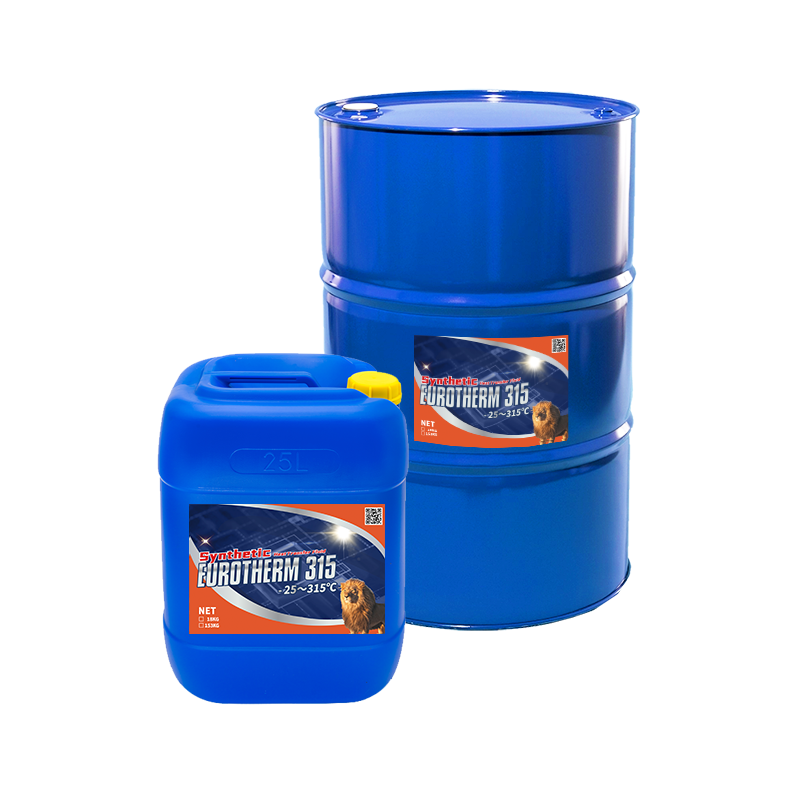The Ultimate Guide To Chemie
Wiki Article
Getting The Chemie To Work
Table of ContentsLittle Known Facts About Chemie.Getting My Chemie To WorkOur Chemie IdeasSee This Report on Chemie8 Simple Techniques For ChemieIndicators on Chemie You Need To Know
By Bojanna Shantheyanda, Sreya Dutta, Kevin Coscia and David SchiemerDynalene, Inc. Fluid air conditioning, which can be achieved using indirect or direct methods, is utilized in electronic devices applications having thermal power thickness that may exceed safe dissipation via air cooling. Indirect liquid air conditioning is where heat dissipating digital parts are physically separated from the fluid coolant, whereas in case of direct air conditioning, the components remain in straight call with the coolant.However, in indirect air conditioning applications the electrical conductivity can be crucial if there are leakages and/or splilling of the liquids onto the electronic devices. In the indirect cooling applications where water based liquids with deterioration preventions are usually made use of, the electrical conductivity of the fluid coolant mainly depends upon the ion concentration in the liquid stream.
The increase in the ion concentration in a closed loop fluid stream might occur because of ion seeping from metals and nonmetal elements that the coolant liquid is in contact with. During procedure, the electric conductivity of the fluid may enhance to a degree which could be harmful for the cooling system.
4 Simple Techniques For Chemie
(https://chemie999.edublogs.org/2025/01/09/dielectric-coolant-the-key-to-efficient-heat-transfer-in-modern-systems/)They are bead like polymers that can trading ions with ions in an option that it is in contact with. In the here and now job, ion leaching tests were executed with numerous steels and polymers in both ultrapure deionized (DI) water, i.e. water which is treated to the highest possible degrees of purity, and reduced electric conductive ethylene glycol/water mixture, with the measured modification in conductivity reported over time.
The examples were permitted to equilibrate at room temperature for two days before videotaping the preliminary electrical conductivity. In all tests reported in this research study liquid electric conductivity was gauged to an accuracy of 1% utilizing an Oakton disadvantage 510/CON 6 collection meter which was calibrated prior to each dimension.
The Ultimate Guide To Chemie
from the wall home heating coils to the center of the furnace. The PTFE example containers were placed in the furnace when consistent state temperatures were gotten to. The examination configuration was eliminated from the heating system every 168 hours (seven days), cooled down to space temperature with the electrical conductivity of the liquid determined.The electrical conductivity of the liquid example was kept track of for a total of 5000 hours (208 days). Figure 2. Schematic of the indirect closed loophole cooling down experiment set-up - meg glycol. Table 1. Components made use of in the indirect closed loop cooling down experiment that touch with the fluid coolant. A schematic of the speculative configuration is received Figure 2.

Chemie Can Be Fun For Everyone
The change in liquid electrical conductivity was monitored for 136 hours. The liquid from the system was accumulated and stored.
0.1 g of Dowex resin was contributed to 100g of liquid samples that was taken in a separate container. The mix was mixed and alter in the electrical conductivity at room temperature was gauged every hour. The gauged modification in the electric conductivity of the UP-H2O and EG-LC click this link test fluids having polymer or steel when engaged for 5,000 hours at 80C is revealed Figure 3.
Getting My Chemie To Work
Figure 3. Ion leaching experiment: Calculated modification in electrical conductivity of water and EG-LC coolants containing either polymer or metal examples when submersed for 5,000 hours at 80C. The results suggest that metals contributed fewer ions into the fluids than plastics in both UP-H2O and EG-LC based coolants. This could be as a result of a thin metal oxide layer which may work as a barrier to ion leaching and cationic diffusion.Liquids including polypropylene and HDPE displayed the cheapest electric conductivity changes. This can be as a result of the brief, rigid, straight chains which are much less most likely to contribute ions than longer branched chains with weaker intermolecular forces. Silicone likewise executed well in both examination fluids, as polysiloxanes are usually chemically inert as a result of the high bond power of the silicon-oxygen bond which would certainly avoid destruction of the material into the liquid.
Chemie - An Overview
It would be expected that PVC would certainly generate similar outcomes to those of PTFE and HDPE based on the similar chemical frameworks of the materials, nevertheless there may be various other contaminations present in the PVC, such as plasticizers, that may affect the electrical conductivity of the fluid - silicone synthetic oil. In addition, chloride teams in PVC can likewise seep into the test liquid and can trigger a rise in electrical conductivityBuna-N rubber and polyurethane revealed signs of deterioration and thermal decomposition which suggests that their possible energy as a gasket or adhesive product at greater temperatures could result in application problems. Polyurethane completely broke down into the test fluid by the end of 5000 hour examination. Number 4. Before and after pictures of steel and polymer samples immersed for 5,000 hours at 80C in the ion seeping experiment.
Calculated modification in the electrical conductivity of UP-H2O coolant as a function of time with and without resin cartridge in the closed indirect cooling loop experiment. The determined adjustment in electric conductivity of the UP-H2O for 136 hours with and without ion exchange resin in the loop is displayed in Number 5.
Report this wiki page